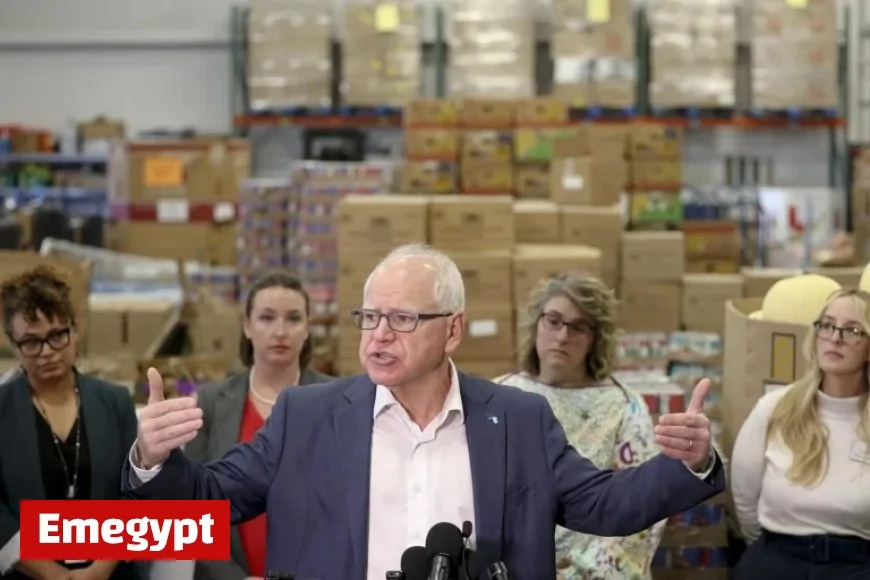Minnesota Considers Using Rainy-Day Fund for SNAP Benefits Coverage

As the federal government shutdown extends into its second month, Minnesota lawmakers are pushing for the use of the state’s rainy-day fund to support those dependent on SNAP benefits. Approximately 440,000 residents in Minnesota rely on the Supplemental Nutrition Assistance Program (SNAP) for food assistance. Concerns have risen over the impact on these individuals as the state faces potential losses in federal funding.
Key Developments in Minnesota’s SNAP Funding Crisis
Attorney General Keith Ellison has joined a lawsuit against former President Trump’s administration. He argues that the U.S. Department of Agriculture (USDA) is ignoring a congressional appropriation by not utilizing emergency funds. A federal judge recently ruled that the administration must start using these emergency funds, but it will not cover the full month’s benefits for November.
- November SNAP funding loss: $73 million.
- Average SNAP benefit per recipient: $166.
- Emergency food support announced by Governor Tim Walz: $4 million.
- 125,000 participants in Low Income Heating and Energy Assistance Program (LIHEAP) last winter.
- Average LIHEAP benefit: $550.
- 75,000 applications for LIHEAP this year, as per the Minnesota Department of Commerce.
Legislative Actions and Future Prospects
For Minnesota to utilize its own rainy-day fund to remedy the federal shortfall, legislative action is required. This could call for Governor Walz to summon a special session, as the Legislature is not set to reconvene until February. Lawmakers like Senator John Marty stressed the urgent need to assist vulnerable Minnesotans, warning of impending crises if support is not provided.
Despite the recent ruling from the federal judge, which temporarily alleviates some concerns, the state’s leadership, including Walz, emphasizes that the long-term responsibility primarily lies with the federal government. A spokesperson reiterated that state funds are insufficient to cover the billions received monthly from federal sources.
Understanding Minnesota’s Financial Landscape
Currently, Minnesota boasts a budget surplus of approximately $1.9 billion. This financial outlook stems from a projection based on data from the Minnesota Management and Budget (MMB) through June 30, 2027. However, there is also a projected shortfall of $1.1 billion for the following biennium starting in 2027.
- Total surplus available: $1.9 billion.
- Rainy-day fund reserves: $3.2 billion.
- Cash flow account: $350 million.
If the situation remains unchanged, this could lead the state to tap into its reserves to fill the gap left by federal funding cuts. Historically, the rainy-day fund was not designed to cover federal obligations, primarily functioning in situations where the state’s revenues are less than its expenses. However, this federal shutdown has created an unprecedented scenario.
Experts, including Kathryn Vesey White from the National Association of State Budget Officers, note that no state has previously drawn on rainy-day funds in response to a federal shutdown. As the situation evolves, Minnesota’s government appears to be on the brink of a significant financial decision regarding SNAP benefits coverage.
































